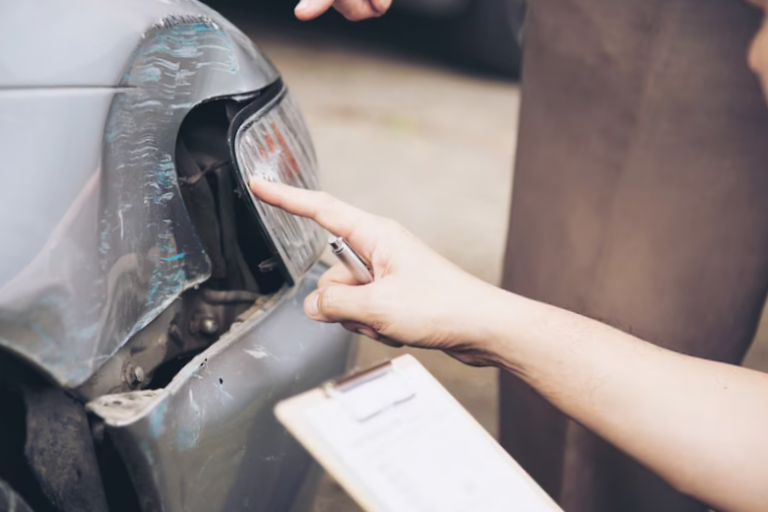1. Don’t assume any one company has the lowest rates
What We'll Cover
Many insurance companies spend a ton of money on advertising to build their brand around making you believe that they have the lowest auto insurance rates. But no one company is the low-cost provider of auto insurance for everyone. The auto insurance company that’s cheapest for you might be the most expensive option for a different driver in another state. The only way to make sure that you’re getting the cheapest rate possible is to compare car insurance rates.
Shopping around for rates is extremely important and also remember never to ignore local and regional insurers these companies could potentially be the source of incredible discounts on car insurance.
A handful of companies — Geico, Allstate, Progressive and State Farm — control over 50% of the nation’s car insurance business. But smaller, regional auto insurance companies like Erie Insurance often have better customer satisfaction ratings than the bigger companies — and they may even have lower premiums too.
2. Ask for discounts
Car insurance companies provide a plethora of discounts, which can mean lower insurance premiums for customers who: Bundle auto insurance with other policies, such as home insurance. Insure multiple cars with one policy. Have a good driving record. Pay their entire annual or six-month premium at once. Agree to receive documents online. Own a car with certain anti-theft or safety features. Are members of particular professional organizations or affiliate groups. Don’t be swayed, however, by a long list of possible discounts. Compare rates from multiple insurers.
3. Improve your credit Score
One important element in the auto insurance quotes that you receive is your credit score — excluding Massachusetts, California and Hawaii, in which the companies are not allow to set the rates considering credit . Insurers say clients’ credit has been shown to correlate with their possibilities of filing claims. A consequence of an auto insurance rate increased is having poor credit; and it can be hundreds of dollars a year compared with having good credit. So, in order to get lower rates, improve your credit by bringing down your debt and paying your bills on time. Check your credit score frequently to track your progress.
4. Get an auto insurance quote before buying a car
Probably when you are going to to buy a car you already have paid attention to some details like repair costs and fuel efficiency, but insurance premiums is another thing that you should also take into consideration.
5. Skip comprehensive and collision coverage for an older car
The damages to your car from an object like a fence or from another vehicle are paid by Collision coverage. The car damages repairing from weather, fire, vandalism, floods, are paid by comprehensive coverage. But the payout has a maximum that is limited, under either policy, by the value of the vehicle if it is stolen or totaled. Therefore, whether you have a vehicle either with a low market value or old, going for these types of coverage might not be reasonable.
6. Raise your deductible
Raising your deductible almost always results in lower monthly car insurance premiums. The downside to that is that if you get into an accident, then you’re going to have to pay more out of pocket. Liability insurance, which pays for the damage that you may cause others in an accident, has no deductible, so this tip only works if you need or have to buy full coverage for your car.
The responses below are not provided, commissioned, reviewed, approved, or otherwise endorsed by any financial entity or advertiser. It is not the advertiser’s responsibility to ensure all posts and/or questions are answered.




![Allstate Insurance [2023 Review]](/assets/images/c5cb2362877f284c0d4bbee9b16738a3.png)
